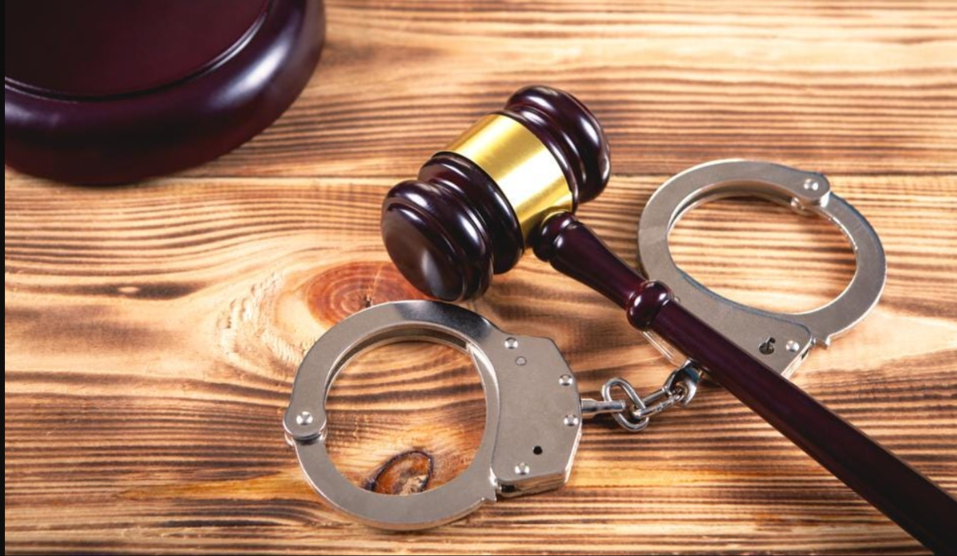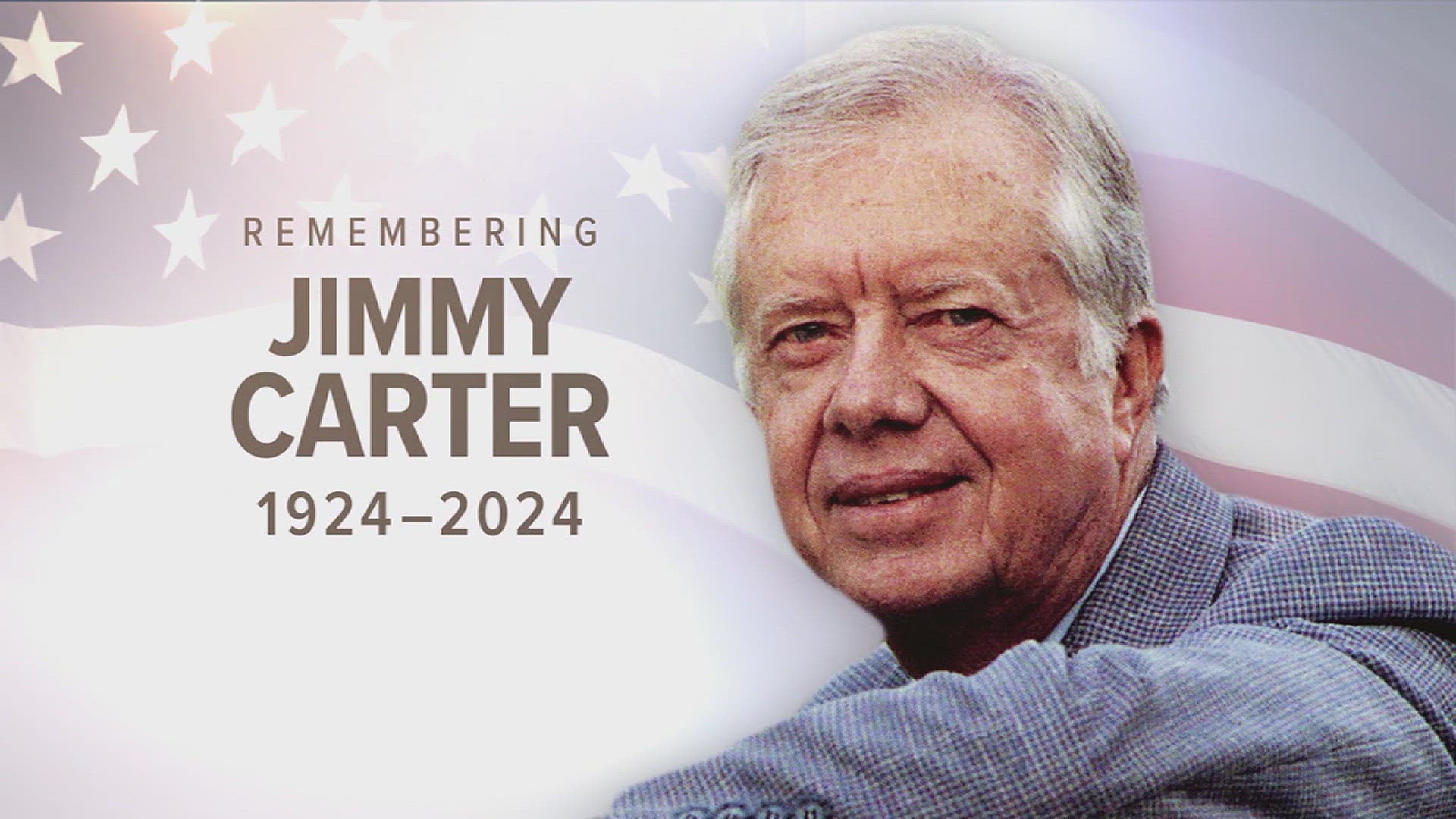(Akiit.com) In the civil rights movement, we were constantly reminded to keep our eyes on the prize. What’s the prize? Equality of opportunity and results, which requires equity in every facet of our lives — education, housing, homeownership, job training, employment, political access and especially in the criminal justice system.
Our criminal justice system still needs dramatic reform. Blacks make up more than 40% of the prison population, but only 13% of the nation’s population.
The geographic numerator changes — north or south — but the denominator remains the same — an unjust criminal justice system nationwide. Three current incidents illustrate: Jelani Day in Peru, Illinois; Jacob Blake in Kenosha, Wisconsin; and Ahmaud Arbery in Brunswick, Georgia. Jelani Day, a 25-year-old Black medical student at Illinois State University, was a “bright light” in his family; he and his sister were competing to become doctors. He disappeared on Aug. 24. The family and a professor reported him missing on Aug. 25.
His car was found two days later in a wooded area near where his body was later discovered in Peru, miles from where he was last seen. LaSalle County law enforcement officials discovered his body on Sept. 4 “floating near the south bank of the Illinois River approximately a quarter-of-a-mile east of the Illinois Route 251 Bridge.” The parents continue to be critical of the investigation because little focus was initially put on his disappearance. It occurred in the context of the vanished and subsequent death of Gabby Petito, which was receiving national coverage.

There are inconsistencies, a high degree of incompetence and a lack of collaboration between various law enforcement agencies surrounding the case. There is still no closure about what happened to Jelani Day. Racial dimensions in trials of Rusten Sheskey, accompanied by two other white police officers responding to a domestic complaint by the fiancee of Jacob Blake — a Black man — shot Blake seven times in the back, with his children looking on in the back seat. Blake, they say, refused to obey the officers, so they opened his car door and reached inside.
Blake was left partially paralyzed by the incident. Racial violence followed in Kenosha. Officer Sheskey was not charged with a crime. As disturbances continued, a white 17-year-old Kyle Rittenhouse decided to take the law into his own hands. He left home in Antioch, Illinois, with his mother driving him to Kenosha with a loaded military-style semi-automatic rifle (illegal for a person his age) “to assist the police in protecting businesses.” He killed two protesters and wounded another, but walked freely past police officers and military vehicles even as onlookers shouted that he had just shot several people.
The next day, Rittenhouse was arrested and has now been found not guilty on five felonies and a misdemeanor. A white judge, Bruce Schroeder, who has a history of controversial behavior from the bench, seemed unfair as he told the prosecution they could not refer to the victims of the shooting as victims, but that the defense could refer to them as rioters and looters, if they had such evidence. One juror was removed for making a racial joke about Jacob Blake.
The judge also attacked the press in court as unfair in its coverage, and the trial has seemed unfair from the start.
Ahmaud Aubery, an unarmed Black jogger, was shot and killed by three white vigilantes who were not even arrested until more than a month later after a video of the shooting went viral. Ultimately, the jury had 11 white jurors and only one Black juror in a city that’s 25% Black. Defense attorneys used preemptive challenges to remove multiple potential Black jurors, who were asked questions like what they thought of Black Lives Matter and whether there were racial problems between the Black community and the police.
Their answers were then used to remove them from the jury. Additionally, the defense seemed to be trying to put Mr. Aubery on trial by showing pictures of him looking around in buildings under construction, claiming there had been recent robberies in the community, and the defendants were only trying to make a citizen’s arrest and hold him until the police came — like they were protecting the community.
Fortunately, the predominately white jury did not fall for the defense’s argument. All three white vigilantes — Travis McMichael, his father, Gregory McMichael, and a neighbor, William “Roddie” Bryan — were found guilty of multiple charges of felony murder.
But the simplest way to demonstrate the racial dimension of all three incidents — and one could add the events of Jan. 6 at the U.S. Capitol — is to reverse the racial roles of everyone. Imagine the actual victims as white and the alleged perpetrators as Black.
What these cases show is a pattern — a lineage of Trayvon Martin, Eric Garner, George Floyd, Michael Brown, the Charleston Nine — that we cannot accept as normal. Would we see these incidents in the same way if they were reversed? Obviously not. Even in the murder of Aubery — despite the guilty verdicts — the delayed arrests, the jury selection, among other aspects of the case remain questionable.
The only solution is to engage in mass action and mass voting that will allow the truth to come out that will lead to dramatic reform in our criminal justice system.
Columnist; Jesse L. Jackson, Sr.
Official website; http://twitter.com/revjjackson









Leave a Reply